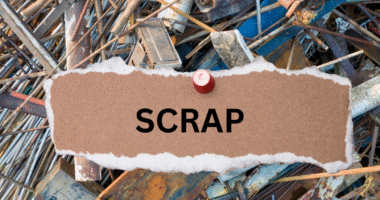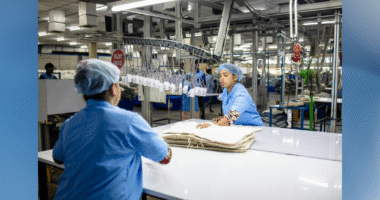Zero Defect Manufacturing (ZDM) is more than a quality slogan—it’s a philosophy and strategy aimed at eliminating errors before they reach customers. By focusing on defect prevention instead of defect detection, organizations can ensure consistent product quality, reduce costs, and enhance customer trust.
In this guide, we’ll explore practical steps to successfully implement zero defect manufacturing processes.
Why Zero Defect Manufacturing Matters
In today’s competitive market, even a minor defect can damage brand reputation and result in costly recalls. Implementing ZDM helps manufacturers:
-
Build customer loyalty through reliable products
-
Minimize waste and rework costs
-
Improve overall operational efficiency
-
Strengthen a culture of accountability and continuous improvement
Key Steps to Implement Zero Defect Manufacturing
1. Establish a Quality-First Culture
The foundation of ZDM lies in leadership commitment and employee engagement. Managers must set clear quality objectives, while employees should be empowered to identify and report potential risks without fear of blame. Training programs and regular workshops can instill a mindset of “do it right the first time.”
2. Apply Root Cause Analysis
Instead of treating symptoms, focus on identifying the underlying causes of defects. Techniques such as the 5 Whys or Fishbone Diagram can help teams understand where failures originate, enabling permanent corrective actions rather than temporary fixes.
3. Use Error-Proofing (Poka-Yoke)
Error-proofing tools and mechanisms prevent mistakes from happening. For example, using fixtures that only allow parts to be assembled one way or sensors that detect incorrect inputs ensures processes are foolproof and errors are minimized.
4. Implement Statistical Process Control (SPC)
Monitoring production processes through SPC charts helps detect variations before they cause defects. Real-time data collection enables quick adjustments, ensuring products stay within required quality specifications.
5. Leverage Continuous Improvement (Kaizen)
Zero defect manufacturing is not a one-time project but an ongoing journey. Regularly review processes, involve cross-functional teams, and implement small, incremental improvements that collectively lead to major quality gains.
Overcoming Challenges in ZDM Implementation
Transitioning to zero defect manufacturing often requires overcoming resistance to change, investing in training, and upgrading technology. Success depends on aligning every department—engineering, production, quality control, and supply chain—toward the common goal of defect prevention.
Building a Defect-Free Future
Implementing zero defect manufacturing processes is achievable when organizations commit to a culture of quality, adopt error-proofing techniques, and embrace continuous improvement. By shifting the focus from detection to prevention, manufacturers not only reduce waste but also deliver consistent value to customers.
Zero defect isn’t about perfection—it’s about striving for excellence every day.









